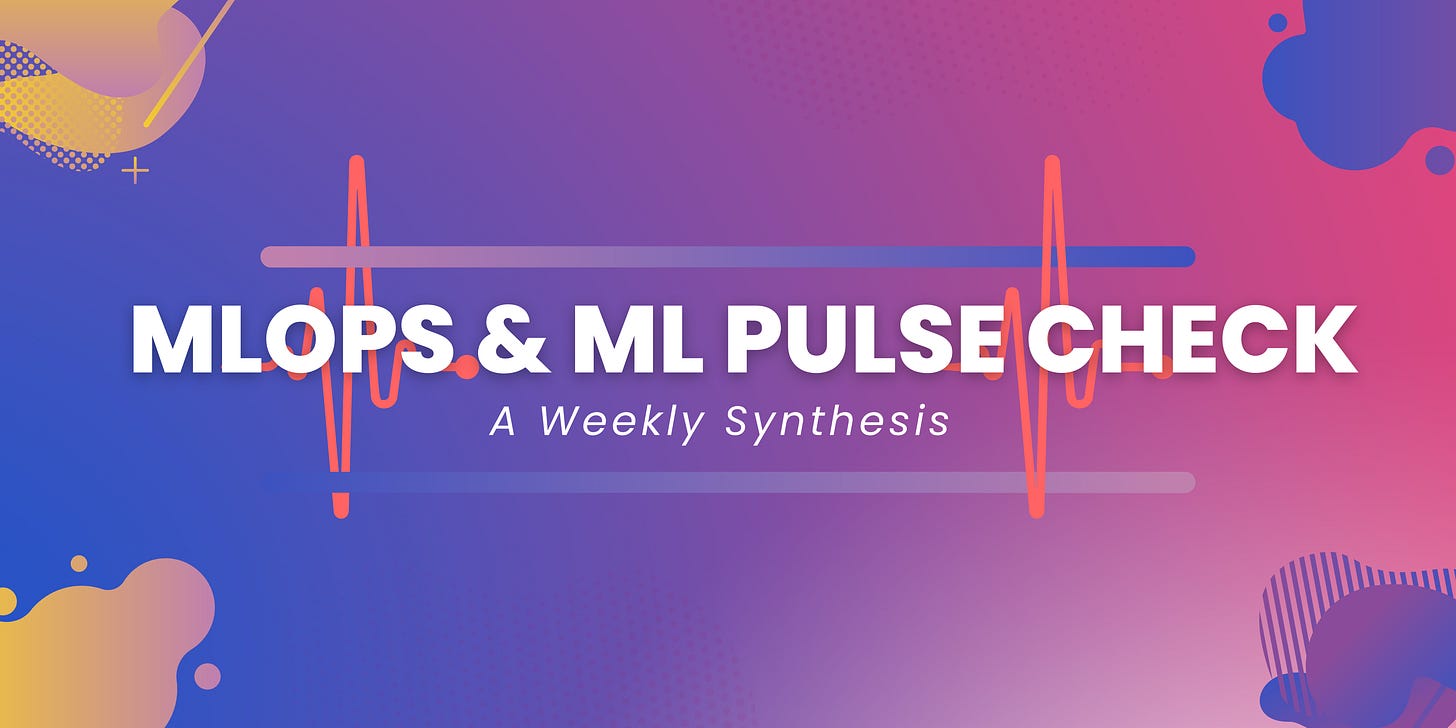Newsletter: Vector Database - The New Vortex in Machine Learning
How Vector Databases are Transforming Machine Learning Applications and More
Good to be back after two weeks – hope you've been feeling 'vectorious' because we've got something vector-y exciting today! (Okay, we admit it's hard to make a joke about vectors, but hey, we tried! 😄)
Today, we're delving into the mind-bending world of Vector Databases. Additionally, we came across some fascinating conversations in a recent Reddit thread. It's a whirlwind of data science chatter, highlighting the balance between fine-tuning models and retaining general knowledge. They also touched on the concept of 'alignment tax': the way fine-tuning for specific tasks can lead to some models forgetting more than they should! In the battle of customer tasks vs academic NLP tasks, it's about mixing in the right ingredients – including a sprinkling of original GPT-3 training data. It's not a "problem" but a delicate dance of ML fine-tuning. Now that's a sentence to make you "victorious" about today's topic!
Introducing Vector Databases
So, what's up with vector databases? Traditional databases, your go-to for storing and retrieving data, have a harder time when it comes to the complex needs of machine learning (ML) models. ML models generate a vector, a one-dimensional array of numbers representing the model's understanding of the input data. Similar inputs produce similar vectors, giving us an opportunity to build more effective applications. And that's where vector databases come to our rescue!
Vector databases, specifically designed for managing vectors, allow for efficient comparison and retrieval of similar vectors. They use vector indexes for optimized storage and retrieval alongside several querying methods. The blog dives deeper into their benefits, like latency reduction, cost optimization, and reducing hallucinations (No, LLMs aren't daydreaming, but they sometimes give irrelevant answers!).
We'll also delve into the workflow of vector databases, from embedding inputs to visualizing embeddings, and tackle how to handle long inputs effectively. And, of course, we'll explore some exciting applications of vector databases in the fields of question-answering, image search, long-term memory, and caching common/past answers. Learn more in our latest blog post
Save The Date: Upcoming Conference
We're thrilled to announce our participation in the virtual conference on LLMs in Production Part II on the 15-16th of June. We will be shedding light on the topic 'It Worked When I Prompted It.' Get your calendars marked and register here to join us in this fascinating event brought to you by the MLOps Community. Register here
MLOps & ML Pulse Check: A Weekly Synthesis
1. Revolutionizing Machine Learning with AI-MTIA
Meta's AI Research team, in collaboration with Analog Devices, Inc., has taken a giant leap in ML hardware with the Meta Training Inference Accelerator (MTIA v1). This remarkable chip, developed alongside its software, boasts an astounding 25X energy efficiency compared to conventional solutions. Read more about the future of ML hardware here.
2. QLoRa: Next-Level Fine-Tuning
Introducing QLoRa, an innovative technology enabling fine-tuning of massive Language Learning Models on a single Colab GPU. Seamlessly integrated with Hugging Face, this method is quickly gaining popularity. Delve into the full paper to discover how QLoRa is revolutionizing the fine-tuning process.
That's all for this edition. Remember to keep your vectors in a row and your databases ready for action!
Happy learning!




